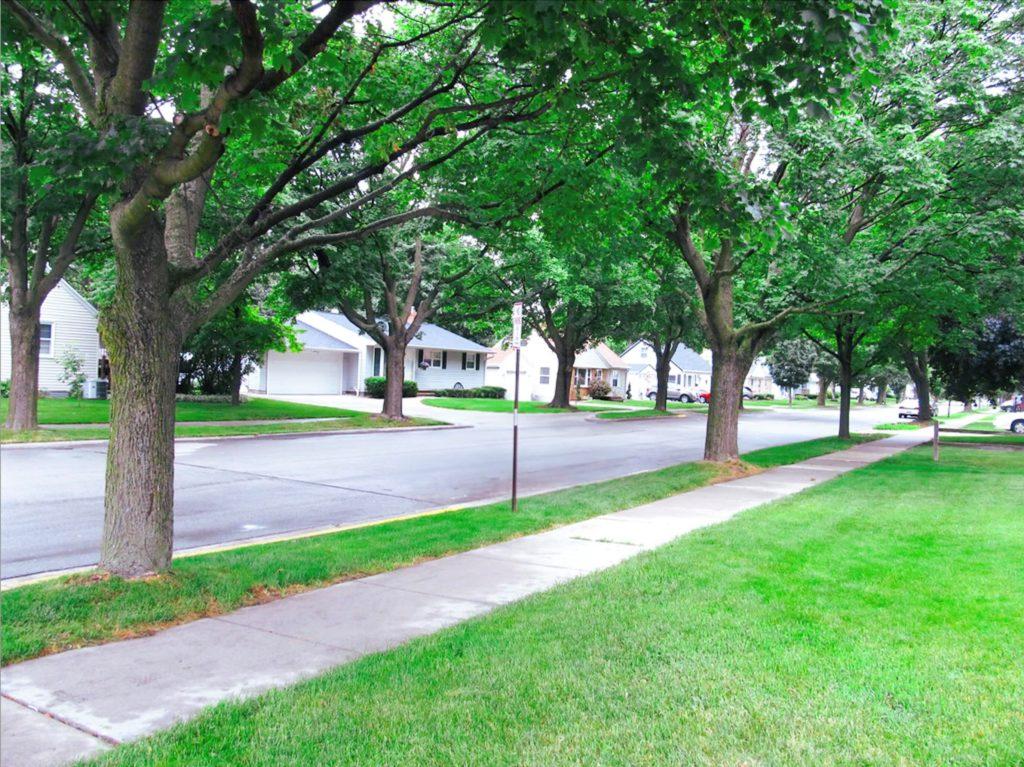
Our surroundings undoubtedly affect our health, shape our routines, and ultimately impact our lives and long-term health outcomes. Recent research highlights how various neighborhood characteristics impact physical and mental health, and this both at individual and population level. As our understanding of these connections and the underlying biological pathways develops, it is imperative to consider how public health policies and urban planning can create healthier and more active communities. It’s always a good time to do so, but with both the International Conference on Urban Health (in Marrakesh, Morocco) and COP 29 (in Baku, Azerbaijan) coming up in autumn, even more so.
Before we do so, however, let’s first define a few concepts. Environmental characteristics are physical conditions in which people live and these include all natural elements like air quality, climate, and green spaces. On the other hand, Built Environment is defined as all man-made structures where people live, work, and interact with other individuals. Somewhere in between these two concepts, neighborhood characteristics (or features) represent the very specific local attributes of both natural and man-made characteristics, and these include safety, social cohesion, and access to several amenities like parks, libraries, schools and others.
Below we’ll zoom in on all of these.
PS: in case you wonder, I live in a neighborhood where one can walk/run, with some access to green spaces – which is great. Yet, when people run their daily errands, they do so driving instead of walking, due to the lack of surrounding amenities. So there’s still plenty of room for improvement. (After you finish reading this article, do have a look around your neighborhood and share with us what you think might further encourage people to walk. )
While the benefits of walking and physical activity are well known, it is critical to have safe, walkable, and user-friendly neighborhoods that encourage individuals to walk. Achieving this requires designing neighborhoods with accessible pedestrian pathways, parks, and mixed-use infrastructure. Several research studies have consistently reported improved cardiovascular health, including reductions in diabetes, hypertension, and obesity, in neighborhoods with higher walkability scores. Furthermore, improved neighborhood walkability is also associated with better mental health and lower rates of depression and anxiety.
Measuring neighborhood walkability is complex, with various methods and scores created to capture different neighborhood characteristics contributing to walkability. A common factor consistently mentioned is the impact of walkable neighborhoods on encouraging physical activity and fostering social interactions and a sense of community. This in turn translates into reduced stress and isolation. Ideally, a person should be able to complete most daily live activities and errands on foot.
The impact of our surroundings extends beyond neighborhood safety and walkability. The presence of natural elements such as trees, parks, and other green spaces, not only promotes health outcomes but also enriches the experience of nature for users. Exposure to nature has been consistently linked to lower levels of stress, lower rates of depression, improved mood, better cognitive functions, higher physical activity, enhanced cardiovascular health, and overall health.
Again, different approaches are being used to quantify nature exposure, such as the Normalized Difference Vegetation Index (NDVI) and the newer NatureScore (which combines several metrics for greenness and pollution for specific areas). Both measures are being used in several countries, including the USA and Australia. All methods and metrics used have their advantages and disadvantages. Advancements in this area are important for both research and health policy. Additionally, the quality of natural elements, not just their quantity, matters. This includes biodiversity, air quality, noise levels, and the amount of living versus dead plants.
Other factors that contribute to our health include various human-made surroundings such as air pollution, noise, housing quality, and access to amenities. In urban areas, higher noise levels and air pollution are linked to worse cardiovascular and mental health outcomes. On the other hand, well-maintained housing options and access to recreational facilities are likely to enhance various health outcomes. Access to healthy food options and healthcare facilities is also crucial. Reducing “food deserts” (areas with low access to nutrient-dense foods) and “food swamps” (areas with higher availability of food with low nutritional value like fast food), is essential to ensure individuals meet their dietary needs.
Despite the growing body of research in this field, several questions remain unanswered and hinder our understanding and (better) use of nature and built environment for our benefit. Some of these questions include: What activities and durations of time spent in nature most effectively influence health outcomes? How do factors such as safety affect the utilization of nature and neighborhood characteristics? Does the impact of nature and walkability differ between rural and urban areas? How much time is needed to reap the benefits of living in green and walkable neighborhoods – is it already after a few hours, days… or does one need months or even years? Does early exposure in childhood differ from later exposure in adulthood? Etc.
Current evidence emphasizes the significant impact of environmental and neighborhood characteristics on both physical and mental health outcomes. This further underscores the importance of public health policies and urban planning to improve overall population health and assist individuals at higher risk for cardiovascular and mental illnesses. Future research should aim to fill the existing gaps and provide more interventional evidence, rather than just relying on observational studies. By unlocking the mechanisms behind the associations between various components of nature, neighborhood characteristics, and health outcomes, it will be easier for individuals and policymakers to create healthier and more resilient communities.